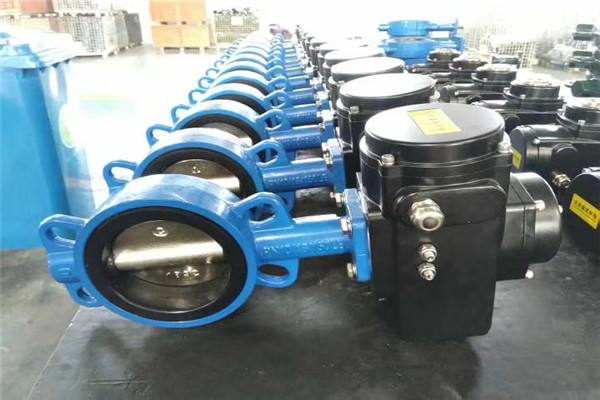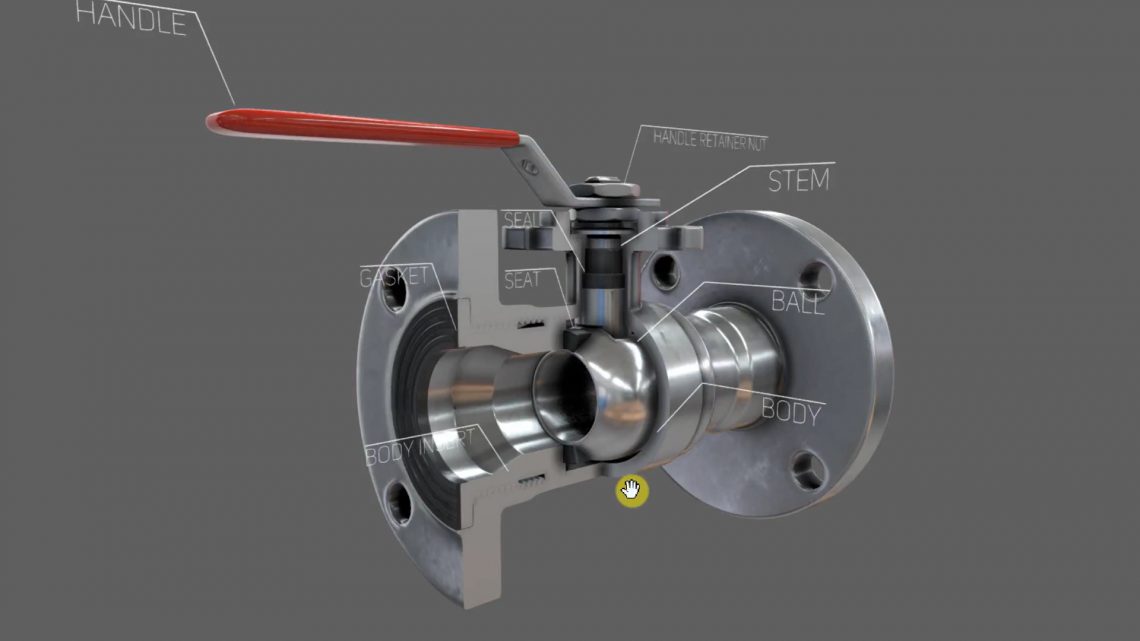Butterfly valve developing history In the 1930s, the United States invented butterfly valves. This valve has a small operating torque, a small installation space and a light weight. Taking DN1000 as an example, the butterfly valve is about 2T, but the gate valve is as heavy as 3.5T. The butterfly valve is easy to combine with various driving devices, and has good durability and reliability. The relationship between the opening of the butterfly valve and the flow rate changes substantially linearly. If used to control flow, its flow characteristics are also closely related to the flow resistance of the piping. For example, if the diameters, forms, etc. of the two…
-
-
Sanitary Diaphragm Valve Image Gallery
What is the sanitary diaphragm valve? Sanitary diaphragm valves was developed for use in non-hygienic applications. Later on the design was adapted for use in the bio-pharmaceutical industry by using compliant materials that can withstand sanitizing and sterilizing methods. This type of valve is a special form of cut-off valve. It’s opening and closing parts is a diaphragm made of soft material to separate the inner chamber of the valve body from the inner cavity of the cover and the driving parts. Sanitary diaphragm valve is widely used in hygienic winemaking, dairy products, beverages, and other food industry as well as the pharmaceutical field of aseptic conditions, to achieve the control…
-
Introduction to Pneumatic Sanitary Diaphragm Valve
The pneumatic sanitary diaphragm valve is a sterile diaphragm valve whose control principle is a pneumatic actuator that is connected to the pressure of the air source, and uses the pressure of the air source to activate the pneumatic actuator to achieve the opening and closing action of the valve. Its opening and closing member is a diaphragm made of soft material. The close fitting of the valve body and the diaphragm provides the valve body seal and the valve seat tightness, and separates the valve body cavity from the bonnet cavity and the driving component. Pneumatic Hygienic Diaphragm Valves are ideal for food level pipe fluid control and on/off…
-
How Does Sanitary Ball Valve Work?
This article will explain to you how the sanitary ball valve works and some of its main components. At the end of the video, it also summarizes the advantages and disadvantages associated with such valves. In this gif, we can see the sanitary ball valve on this side, we can see the body. Please note that the body here is slightly larger because this is where the ball is stored. Here we have some ball valves marked with some main components. The name of the ball valve comes from the type of disc it uses, the ball. We can see the next picture, the ball valve is in the fully…
-
Sanitary Check Valve Image Gallery
What is the sanitary check valve? Sanitary check valves are also known as one-way valves. Their roles are to prevent the pipeline water back into the media. They are specifically used in the food handling and processing industries to prevent the backflow of products. Commonly used with liquid products, spring check valves are designed to assist closure pressure to create a positive shutoff. Sanitary check valves are different from many other types of valves, for check valves work automatically and most are not controlled by a person or any external control. Accordingly, most do not have any valve handle or stem. Thus there is an important concept in check valves,…

